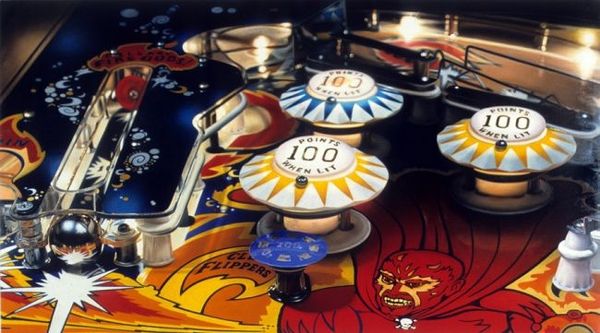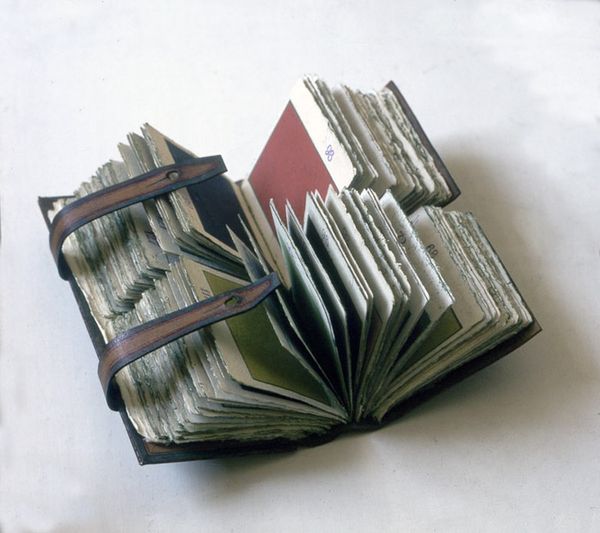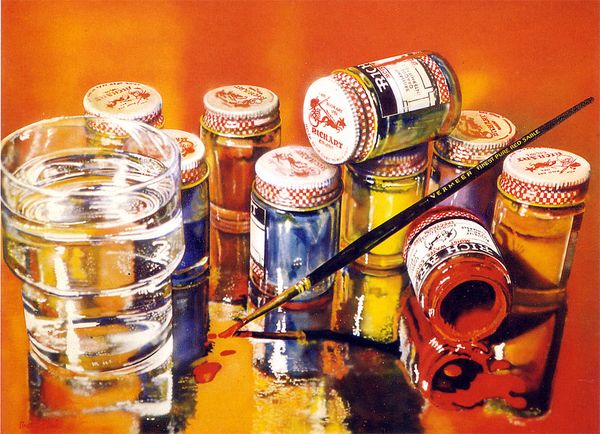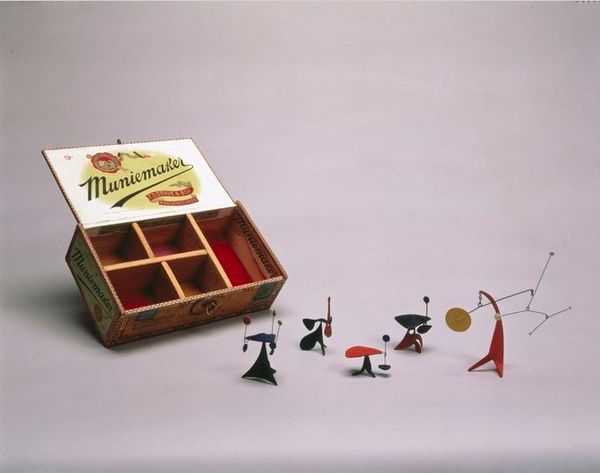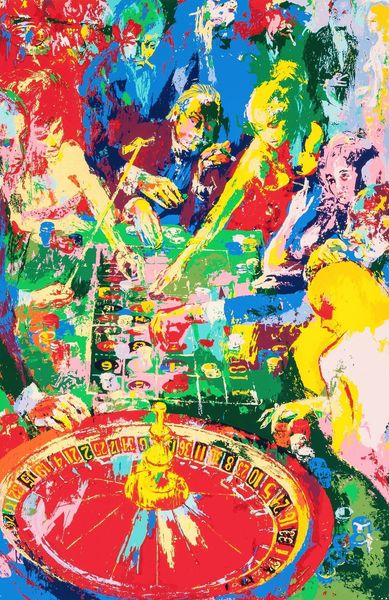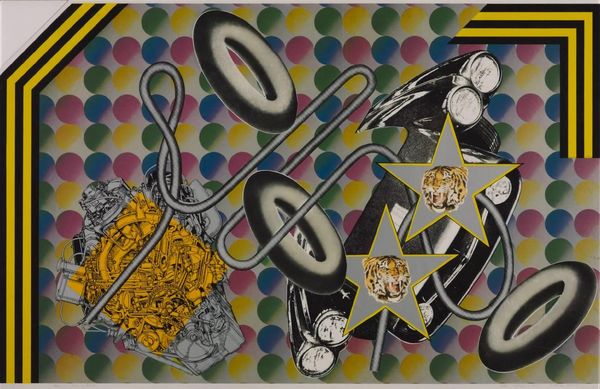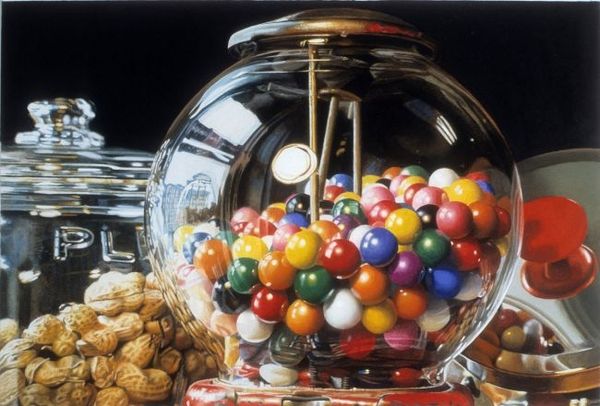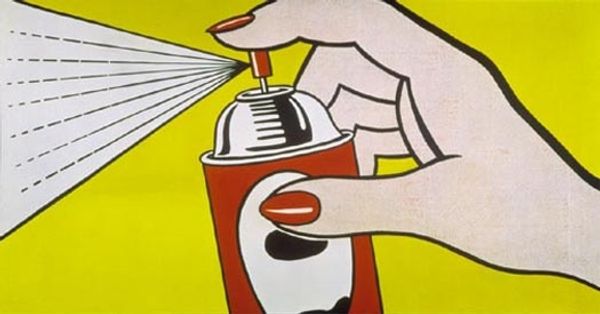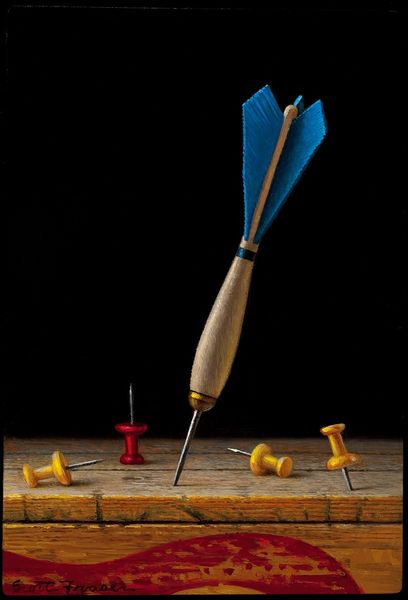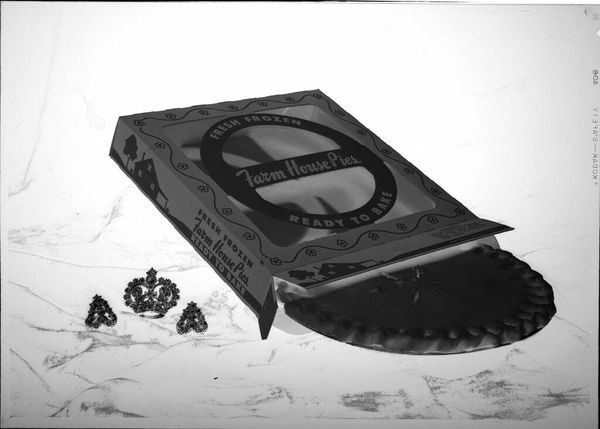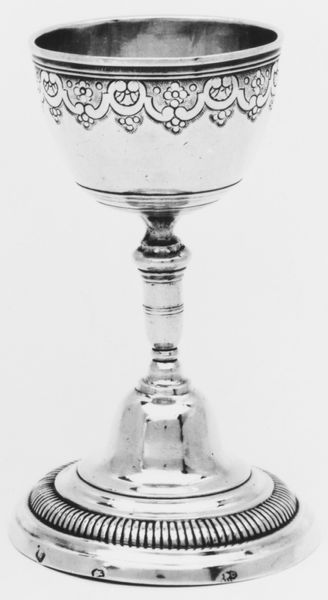
Copyright: Audrey Flack,Fair Use
Curator: Audrey Flack's "Royal Flush," an oil painting from 1977, offers a tantalizing peek into a high-stakes, late-night world. Editor: The first thing that strikes me is its hyperrealism, and how that sharp detail transforms everyday objects—playing cards, cigarettes, cash—into something almost unnervingly visceral. Curator: Flack, aligning with the Pop Art movement, elevates commercial items by recreating them on a grand scale using meticulous realist painting techniques. Consider the oil paint itself; she layers pigment to mimic photographic clarity while grounding the composition in art-historical precedents of "vanitas" paintings, prompting questions about value, materiality, and the transience of worldly pleasures. Editor: The subject matter itself has a loaded history, doesn’t it? Gambling, drinking, smoking…these activities are often depicted as sites of leisure and luxury, or equally demonized in a sort of moral panic, depending on your vantage point in society. And she is a woman exploring these traditional tropes. It feels quite provocative. Curator: Precisely. The iconography present engages a dialogue on art and societal institutions. Think of the socio-economic contexts implied; this arrangement tells a story regarding luxury consumerism available to some but unattainable for others. These ordinary things communicate more about the politics of status than just what the viewer is immediately noticing. Editor: So you're saying Flack makes the viewer consider how these markers of decadence have very real social implications. The game, after all, is rigged. Curator: In many ways. By representing the familiar in such arresting detail, Flack invites critical engagement of what luxury truly means within the dynamics of larger capitalist economies and social constructs. Editor: So, far from just being a still life of vices, "Royal Flush" challenges our notions of art production, commodity fetish, and who gets a seat at the table, literally and figuratively. I'll never look at a pack of cards the same way again. Curator: Agreed. It’s a compelling examination of material culture within historical structures of consumption and production.
Comments
No comments
Be the first to comment and join the conversation on the ultimate creative platform.
